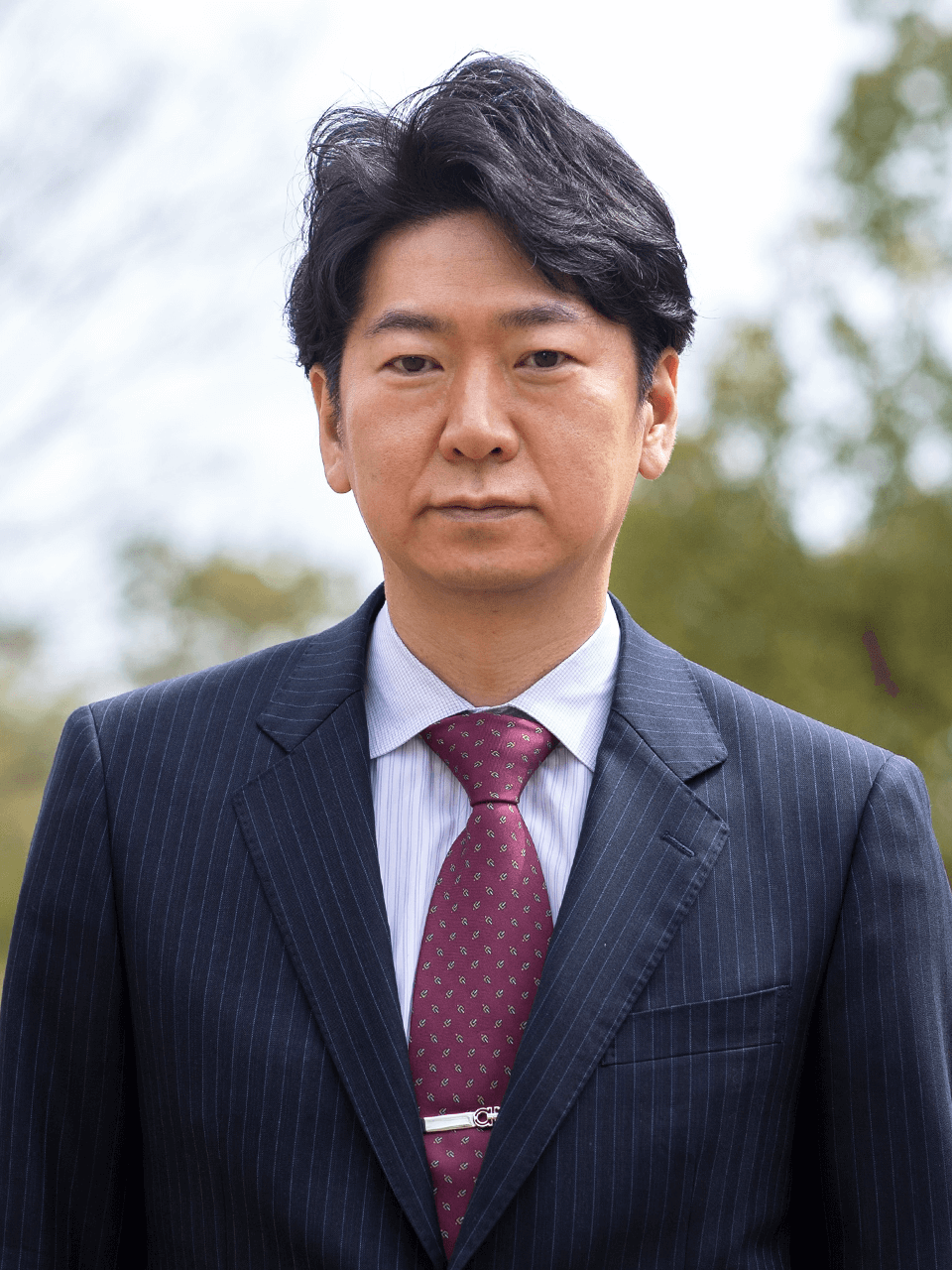Orthopaedic Surgery
- Basic research and clinical applications of regenerative medicine-based treatments of bone, cartilage, spinal cord and peripheral nerve injuries and diseases
- Elucidation of the pathophysiology of bone and soft tissue sarcoma and development of novel therapeutic approaches
- Development of three-dimensional image-analysis-based surgical assistance technologies
- A multidisciplinary approach towards osteoarthritis, rheumatoid arthritis and other related diseases
- Development of advanced diagnostic and therapeutic techniques for sports injuries

Development of advanced three-dimensional deformity correction techniques and surgical devices for the extremities and a related cloud system and its clinical application.
The function of extremities is extremely important in terms of maintaining and improving quality of daily life. Deformities of the bones, especially in the upper extremity, due to congenital diseases or as a result of bone fractures significantly impair the function of the extremities, leading to limited range of motion, instability or pain. Conventional surgical correction of the deformity, which is based on a preoperative planning using plain X-rays and depends on a surgeon’s own skill, can fail to reestablish correct anatomical structures and function. In our department we utilize a virtual three-dimensional (3D) bone model generated from computer tomographic (CT) image data and superimpose it to the mirror image of the contralateral healthy normal bone for accurate planning. A combination of a patient-specific surgical guide and custom-made metal bone plate, which were designed based on the preoperative plan and created through the advanced manufacturing technology, ultimately enables precise deformity correction with a quite simple surgical procedure.
The effectiveness of this advanced surgical procedure was repeatedly demonstrated in simulated surgical interventions using cadavers performed at our facility. Following initial regulatory approval that covers a limited area of extremity and allows a certain range of design of the devices, we are currently engaged in a multicenter clinical trial assessing the possibility for expanding the surgical indication and increasing the freedom of design of the divices. This technology is also highly valued internationally. We are providing technical support to international medical institutions such as the Mayo Clinic in the United States, conducting demonstration surgeries abroad, and introducing our technology to the wider scientific community via seminars and lectures within and outside of Japan.
In addition, we are developing a 3-D data management system, which anonymizes CT data of patients transmitted from medical institutions, and automatically generates virtual 3-D models of bones and joints. We furthermore are working on the development of a cloud computing based system that supports planning and preparation of surgeries. The enormous amount of bone morphology data obtained is expected to contribute not only to the development of novel medical treatment options, but will also help to create the new academic field of bone morphology.









